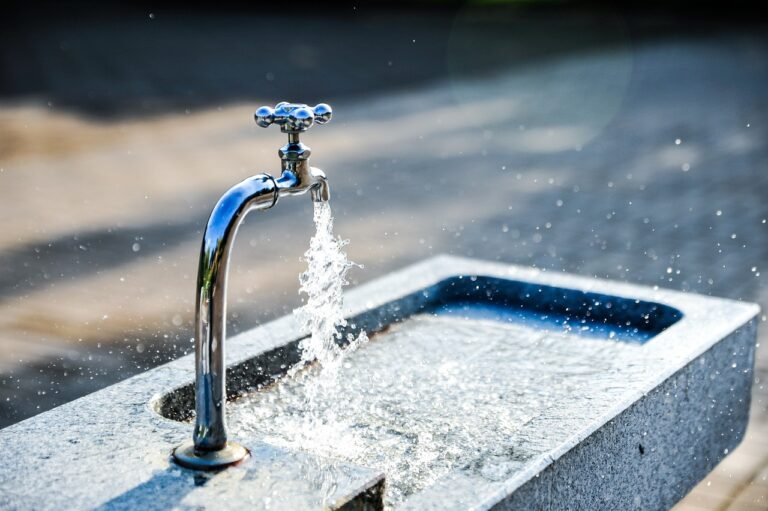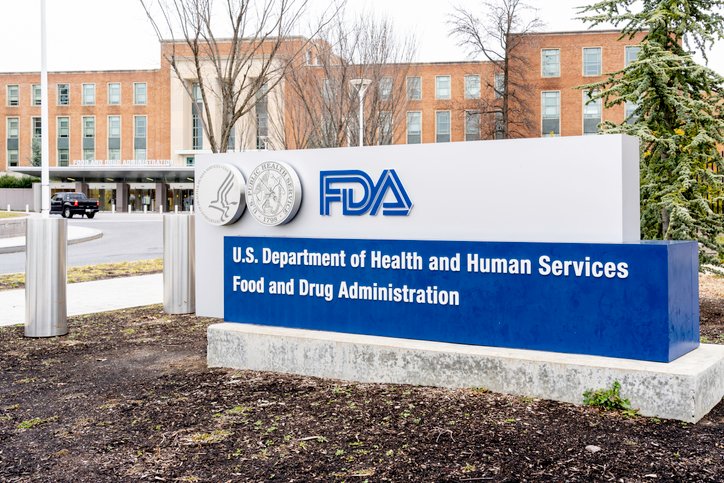
Washington, D.C. — The U.S. Food and Drug Administration (FDA) has released the final results of its latest testing of bottled water for per- and polyfluoroalkyl substances (PFAS), confirming that while trace amounts of PFAS were detected in some samples, none exceeded federal safety limits set by the Environmental Protection Agency (EPA).
Between 2023 and 2024, the FDA analyzed 197 bottled water samples—including purified, artesian, spring, and mineral varieties—purchased from retail locations across the United States. Ten of those samples tested positive for PFAS, a group of synthetic chemicals known for their persistence in the environment and potential health risks.
“None of the PFAS levels detected in these bottled water samples would have exceeded the EPA’s new maximum contaminant levels (MCLs) for public drinking water,” the FDA said in a statement.
The testing screened for 18 different PFAS, including the six compounds for which the EPA has set enforceable drinking water standards under the National Primary Drinking Water Regulation (NPDWR).
Among the ten positive samples:
- Eight were domestic bottled waters, labeled as purified or spring water. Each contained between one and four types of PFAS.
- Two were imported artesian waters, each containing one or two types of PFAS.
While four detected PFAS compounds had levels below the EPA’s MCLs, the remaining two do not currently have established EPA limits. The FDA noted that it retains the authority to take action against bottled water if contaminants pose a safety concern, even if no formal quality standard exists.
PFAS: A Persistent Concern
PFAS—nicknamed “forever chemicals”—have come under intense scrutiny in recent years due to their resistance to breakdown and potential links to cancer, hormone disruption, and immune system issues. They are found in various consumer products, including nonstick cookware, stain-resistant fabrics, and firefighting foams, and can contaminate water supplies.
This new round of testing follows earlier FDA surveys from 2016 and through the agency’s Total Diet Study (TDS) program. At the time, no PFAS were detected in bottled water.
Regulatory Process and Future Action
Under Section 410 of the Federal Food, Drug, and Cosmetic Act, the FDA is obligated to either adopt the EPA’s drinking water standards for bottled water or issue a finding explaining why such a regulation is unnecessary. If neither occurs, the EPA’s MCLs are treated as the default standard for bottled water.
The FDA emphasized its commitment to ongoing monitoring and transparency as part of a broader effort to understand how PFAS affect the U.S. food supply and consumer health.
“The FDA continues to analyze bottled water and other foods for PFAS to better estimate U.S. consumers’ exposure,” the agency said. “We will continue to share our testing results for PFAS in foods, including bottled water, on our website.”
Consumers and industry stakeholders can view the full test results and updates on the FDA’s PFAS testing initiative at https://www.fda.gov/food/environmental-contaminants-food/and-polyfluoroalkyl-substances-pfas


